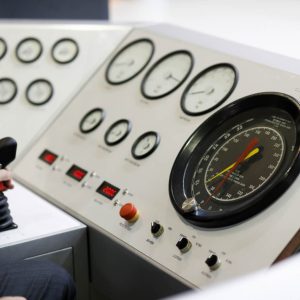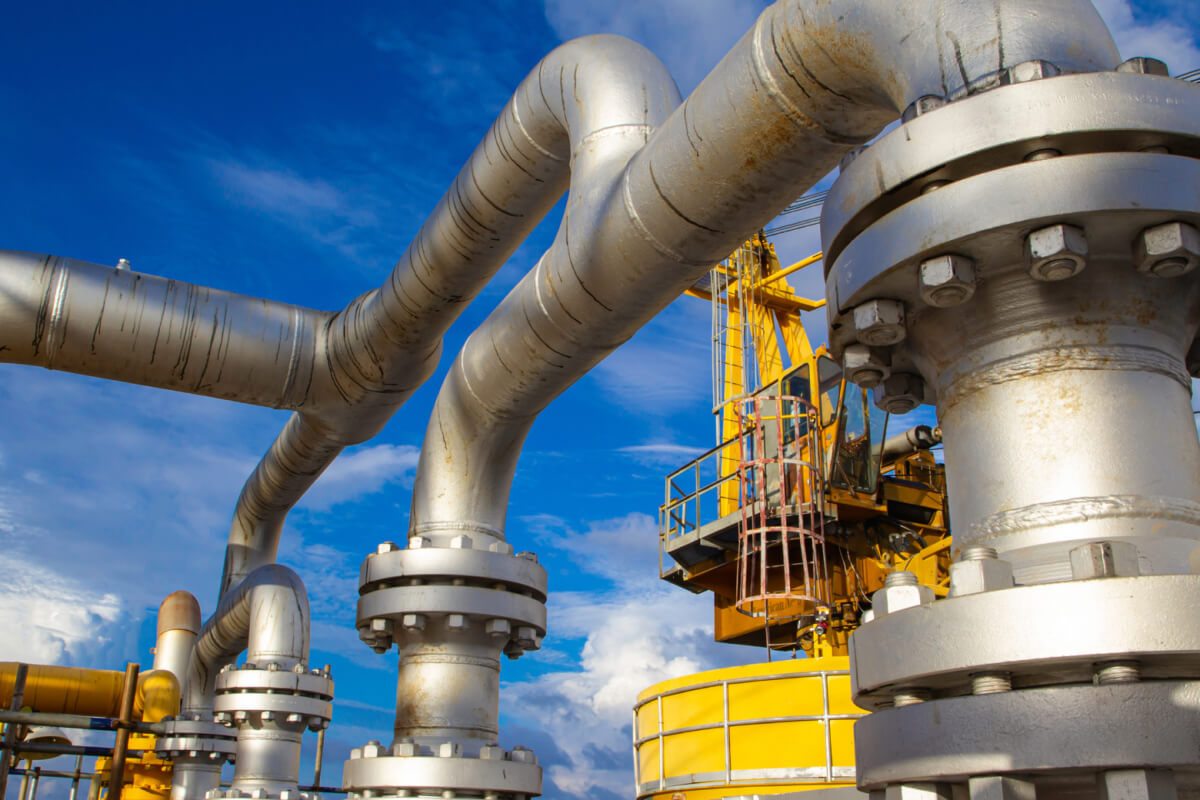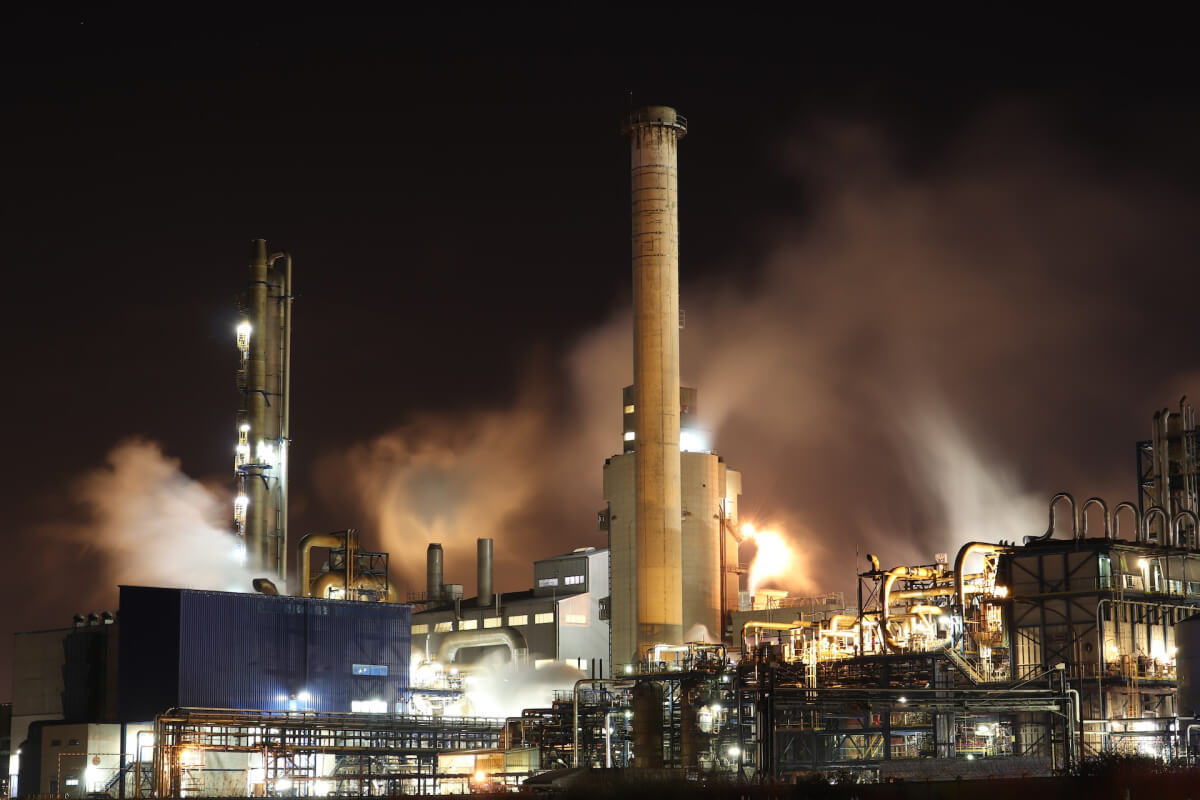Rig Automation: Transforming Offshore Operations with Robotics
The oil and gas industry is undergoing a major conversion as it automates its offshore operations. This is a groundbreaking improvement that promises to revolutionize the industry by flawlessly integrating robotics into offshore activities. As the industry faces challenges of safety, efficiency, and environmental responsibility, rig automation develops as a beacon of innovation and progress.
The Challenge of Offshore Operations
Offshore operations are fundamentally challenging. They involve complex machinery, harsh environmental conditions, and a constant worry for worker safety. Historically, these challenges have been decoded into high operational costs, increased downtime, and safety risks. Addressing these issues while preserving productivity and minimizing environmental impact has been a persistent goal for the industry.
The Dawn of Rig Automation
Enter rig automation, an evolutionary leap in offshore operations that promises to address these challenges head-on. By mixing robotics and automation technologies, the industry is embracing a new era of operational efficiency, safety enhancement, and sustainability.
Enhanced Safety Through Remote Monitoring and Intervention
One of the most important advantages of rig automation is the ability to enhance safety by reducing human exposure to hazardous environments. Remote monitoring systems, empowered by sensors and cameras, provide a real-time understanding of rig conditions. This real-time data enables operators to identify potential issues before they escalate, avoiding accidents and ensuring the safety of personnel.
In addition, remote intervention capabilities allow experts to address problems from onshore locations. This reduces the need for personnel to be physically present on the rig, minimalizing risks associated with high-risk activities.
Predictive Maintenance and Downtime Reduction
Predictive maintenance is another crucial feature of rig automation. By employing advanced analytics and AI, the system can predict when equipment is likely to fail, enabling operators to schedule maintenance proactively. This not only prevents surprising downtime but also extends the lifespan of equipment, optimizing resource utilization and reducing costs.
Operational Efficiency through Autonomous Tasks
Rig automation isn’t just about safety and maintenance; it’s also about effectiveness. Robotics can take on repetitive and labor-intensive tasks, performing them with advanced precision and consistency than humans. This includes activities such as equipment assembly, data collection, and routine inspections. By delegating such tasks to robots, skilled human resources can be directed toward more critical roles, ultimately enhancing overall operational efficiency.
Reduced Environmental Footprint
In the pursuit of sustainability, rig automation plays a crucial role in reducing the industry’s environmental footprint. The precision of robotic systems results in lessened wastage and optimized resource utilization. Additionally, the reduced need for human existence on rigs translates to lower energy consumption, fewer emissions, and a smaller ecological impact. This aligns with the industry’s obligation to operate in an environmentally responsible manner.
Overcoming Challenges and Embracing Change
While the potential benefits of rig automation are undeniable, the journey toward full application is not without challenges. Transitioning to automated systems requires substantial investments in technology, training, and infrastructure. Additionally, there may be resistance from workers worried about job displacement. It’s important to acknowledge these challenges and ensure that the transition is not only technologically seamless but also socially responsible.
A Future Defined by Collaboration and Innovation
As the oil and gas industry embarks on this transformative journey, association between technology providers, industry leaders, and regulatory bodies is vital. The unified integration of robotics and automation requires standardization and adherence to safety protocols. Furthermore, ongoing innovation is crucial to unlock the full potential of rig automation, ensuring that it remains aligned with the evolving needs of the industry.
Conclusion
The incorporation of rig automation into offshore operations marks a paradigm shift in the oil and gas industry. By implementation of robotics and automation, the sector is charting a course toward enhanced safety, operational efficiency, and environmental responsibility. Rig automation isn’t just an evolution; it’s a revolution that has the potential to reshape the very fabric of offshore operations.
As the industry circumnavigates a dynamic landscape of challenges and opportunities, rig automation stands as a testament to human ingenuity and the relentless pursuit of progress. It’s a revolution that exemplifies the industry’s commitment to overcoming obstacles, embracing change, and propelling itself into a future defined by innovation, collaboration, and the relentless pursuit of excellence.








